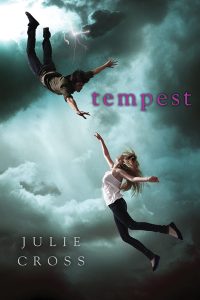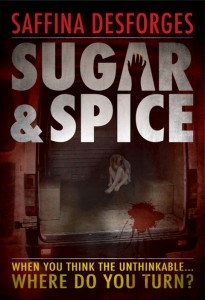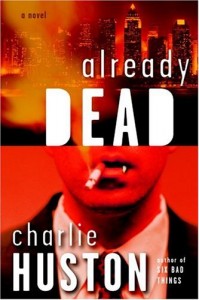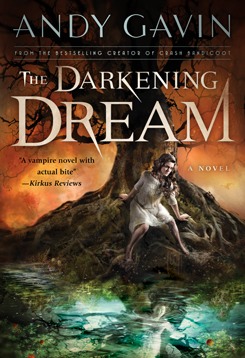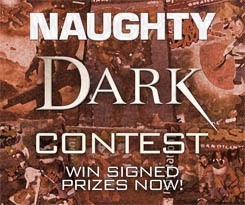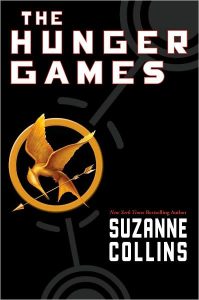 Title: The Hunger Games
Title: The Hunger Games
Author: Suzanne Collins
Genre: YA Distopian
Length: 388 pages, 99,000 words
Read: 2008
Summary: Intense!
The book: I read it four years ago on the recommendation of a friend. The beginning didn’t totally wow me, but the second 2/3 certainly did.
It’s written in a tight first person present, which for this kind of thing is my favorite tense/POV combo (I use it in my novel Untimed). Collins expertly builds sympathy for the character of Catniss via her harsh circumstances, sympathetic voice, and self sacrifice. This crucial “inciting event,” the selection of Catniss’ sister as tribute, occurs at the end of the first chapter, at the 5% mark. First rate construction. Our heroine’s choice and the voyeuristic need to find out what happens in the arena drags us through the 30% of preparation and political mumbo-jumbo.
I had mixed feelings about this future world. I liked certain elements. I enjoyed the setup, the whole lottery thing with escalating danger of more copies of your name being added every year or in exchange for food. But I just didn’t buy the political scenario as a whole. America is a big place, yet this district 12 felt like a small mining town where everyone knows each other. Small towns are less than 15,000 people. I would have bought it better if Catniss’ town were one among many in a whole region that was district 12. I know it sounds minor, but I’m a stickler for these kind of things. The level of economic/technical imbalance between the capital and the provinces seemed too great. How could this one little mining town really be that important? How could a whole continent be represented by one city?
But none of that really mattered once you pop into the arena at the 40% mark. Here Collins’ set up combines with the tight visceral present voice to work some serious magic. The action of young kids fighting and killing each other in a televised Lord of the Flies smackdown just worked. It felt real. It felt intense. There is some great survival writing here and that is what — for me — this book is all about. It’s made richer by sympathetic and well painted characters and by Katniss’ need to chose between her feelings and the practical requirements of survival (which includes the interest of her family). Nothing like a helpless little sister to up the sympathy factor.
Great stuff. A book doesn’t have to succeed on every level. This is one that hits 10/10 in perhaps 3/4 areas, and that is more than enough.
I can’t say I felt the same about the sequel which languished for too long in political marshland. But being a reader of real history, I have high standards with regards to politics.
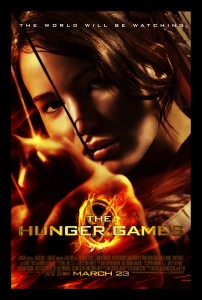 Film: The Hunger Games
Film: The Hunger Games
Director/Stars: Jennifer Lawrence (Actor), Josh Hutcherson (Actor), Gary Ross (Director)
Watched: March 28, 2012
The film: Of course this is one of the most anticipated movies of the year, particularly for book lovers. I have to say that it executed effectively and faithfully as a translation. The story is identical to the book, although reduced of course. At a meta-level I thought that the pre-arena period, although a tad too long, was actually slightly better than in the book, and the area slightly inferior.
Overall, it lacks the true visceral intensity of the novel. Not that it isn’t well done, or isn’t engaging, but I sensed a restraint or hesitation on the part of the filmmakers to commit to the full reality of a bunch of teenagers killing each other in the woods. The movie is superbly cast. Jennifer Lawrence is great and does a fine job acting to fill in the missing narrative voice. She can’t make up more than some of the distance, but she does as well as any actress could. Interior connection and emotion is a strength of the novel format. Film can’t compete.
But it does do better at grand scenes. And I thought the costumes and makeup of the funky 19th century nano-punk world very effective. Perhaps not realistic, but certainly entertaining to look at. The adult actors are all good. Donald Sutherland is boilerplate but pitch perfect as President Snow. The sometimes annoying, sometimes fun Woody Harrelson leans toward fun. Lenny Kravitz is great as Cinna. Katniss’ mom kinda sucked.
The movie feels medium budget. The effects serve, but occasionally seem a little cheesy. This is just an observation, and for the most part, not a detraction. An exception involved Catniss’ two flaming outfits. Maybe it’s just the concept brought to life, but they fell pretty flat. The director does employ an interesting overall stylistic approach. By combining minimalist scoring, a sort of Appalachian feel (underscored literally by the soundtrack), and loose handheld shots, the film comes across as “underproduced” or “not very Hollywood.” This was an effective stylistic choice. He manages to squeeze a bit of genuine emotion out of us at the appropriate moments, like the death of Rue.
A couple nitpicks: The secondary tributes (basically everyone but Catniss, Rue, and Peeta) felt indistinct and underdeveloped. No one got very dirty. Come on, if you are living for a couple of days in the woods fighting for your life, you get really grimy and smelly. Hell, camping as a kid we looked downright gross without any homicidal incidents. Even as she’s dying, Rue’s cute little fro looked all perfect. The film felt to me like an 8/10, but if it had fully embraced the dark and nasty side, it might have been a 10.


